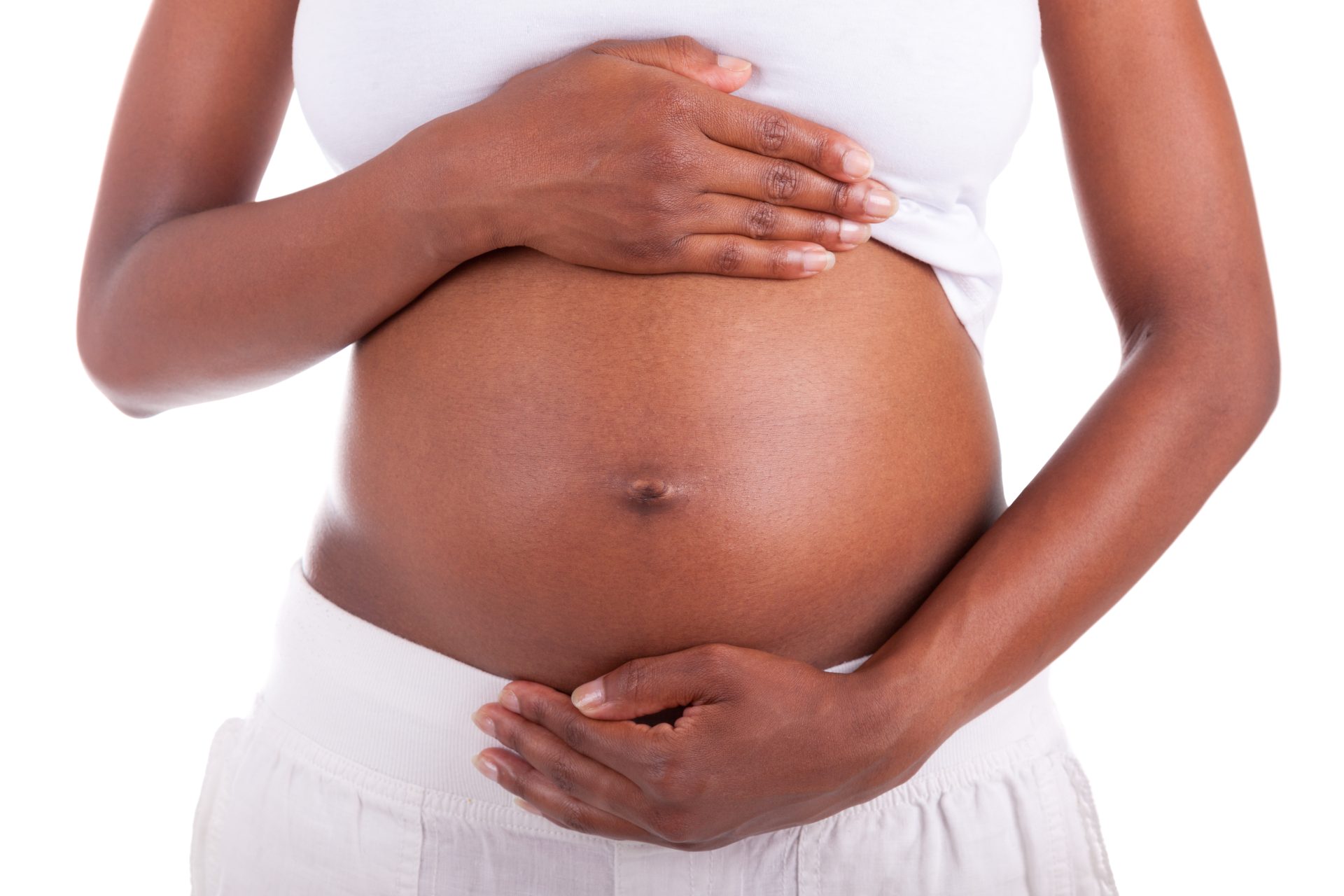Experiencing a miscarriage can be one of life’s most challenging and isolating events. The physical and emotional impacts often catch people unprepared, leaving them with questions about what’s happening and what comes next. While each experience is unique, there are important aspects of miscarriage that everyone should understand to help navigate this difficult journey.
1. The prevalence of pregnancy loss
Miscarriage is significantly more common than many realize. Approximately 10-20 percent of known pregnancies end in miscarriage, with most occurring during the first trimester. This statistic rises to about 40 percent when including losses that happen before a person knows they’re pregnant. Despite these numbers, miscarriage remains an experience shrouded in silence, leaving many to feel alone in their grief.
Understanding this prevalence doesn’t diminish the personal loss, but it can help individuals recognize that their experience is shared by many others. This knowledge often provides a foundation for seeking support and beginning the healing process.
2. Medical causes and non-blame
Miscarriages typically result from chromosomal abnormalities that occur during early embryonic development. These genetic issues usually happen randomly and aren’t caused by anything the pregnant person did or didn’t do. Other potential causes include certain structural uterine abnormalities, uncontrolled medical conditions, or severe infections.
It’s crucial to understand that ordinary activities do not cause miscarriage. Everyday movements, mild exercise, sexual activity, working, most medications, and minor falls don’t trigger pregnancy loss. Additionally, stress, emotional states, or previous birth control use aren’t responsible for miscarriages.
This medical understanding is essential because self-blame is common following pregnancy loss. Many individuals question their actions leading up to the miscarriage, wondering if something they did or didn’t do contributed to the loss. Healthcare providers strongly emphasize that in most cases, miscarriage is not preventable and not anyone’s fault.
3. Physical recovery expectations
The physical process of miscarriage varies widely depending on how far along the pregnancy was and individual circumstances. Some people experience heavy bleeding with cramps similar to intense menstrual pain, while others may have lighter symptoms. The physical recovery period typically spans from a few days to several weeks.
Most healthcare providers recommend avoiding inserting anything into the vagina (including tampons and sexual activity) for two weeks following a miscarriage to reduce infection risk. They also suggest watching for signs of complications such as prolonged heavy bleeding, severe pain, fever, or foul-smelling discharge, which warrant immediate medical attention.
Hormonal changes following pregnancy loss can cause physical symptoms beyond bleeding. Breast tenderness may persist for days or weeks as hormone levels adjust. Additionally, pregnancy hormones can remain detectable in the body for up to two months after a miscarriage, which means pregnancy tests might still show positive results even after a confirmed loss.
4. Emotional impact and healing process
The emotional response to miscarriage often involves complex grief that society doesn’t always recognize or validate. Individuals may experience a range of emotions including profound sadness, anger, guilt, anxiety about future pregnancies, or feelings of failure. Partners may also grieve differently, sometimes creating additional relationship challenges during an already difficult time.
Mental health support is a critical component of recovery. Speaking with a therapist specializing in pregnancy loss, joining support groups (either in-person or online), and connecting with others who have experienced similar losses can provide valuable emotional support. Organizations like Share Pregnancy & Infant Loss Support and the Miscarriage Association offer resources specifically designed for those navigating pregnancy loss.
The grieving process follows no predetermined timeline. Some individuals find comfort in memorial activities such as planting a tree, creating art, writing letters, or holding small ceremonies. These rituals acknowledge the significance of the loss and provide space for expressing grief.
5. Future pregnancy considerations
Many individuals worry about future fertility following a miscarriage. For most people who experience a single miscarriage, the chance of a successful future pregnancy remains high — approximately 80 percent of those who experience one miscarriage go on to have a healthy pregnancy later. Even after multiple miscarriages, many individuals can achieve successful pregnancies, though additional medical evaluation may be recommended.
Healthcare providers typically suggest waiting until after one complete menstrual cycle before trying to conceive again, though recommendations vary based on individual circumstances. This waiting period allows physical recovery and provides time for emotional processing. Some medical professionals may recommend waiting longer if there were complications or if testing is needed.
The decision about when to try again is deeply personal. Some individuals feel ready to attempt pregnancy again quickly, while others need more time to process their grief. There is no universally “right” timeline — what matters most is that individuals and their partners feel emotionally prepared for another pregnancy journey.
Additional guidance: Medical follow-up importance
Follow-up medical care after a miscarriage serves several important purposes. Healthcare providers can confirm that the miscarriage is complete, meaning all pregnancy tissue has passed. In some cases, retained tissue may require medical intervention such as medication or a minor surgical procedure called dilation and curettage (D&C).
For those who have experienced recurrent miscarriages (generally defined as three or more consecutive losses), additional testing may be recommended to identify potential underlying causes. These evaluations might include genetic testing, hormonal assessments, imaging studies of the uterus, or blood tests to check for clotting disorders or immune issues.
Regular check-ups following miscarriage also provide opportunities to address questions about future pregnancies. Healthcare providers can offer guidance about timing, additional monitoring that might be recommended in subsequent pregnancies, and emotional support resources.
Understanding these aspects of miscarriage can help individuals navigate their experience with greater knowledge and fewer misconceptions. While nothing can eliminate the pain of pregnancy loss, accurate information and comprehensive support can provide a foundation for physical and emotional healing.














